You may have seen some new members of our Child Life team if you’ve visited the medical center this year – our new facility dogs! Leica (pronounced “Like-Ah”) works primarily with me and Drummer works primarily with Ashley Rivet, another Child Life Specialist (editor’s note: Ashley and Drummer have moved to Columbus, OH and are no longer part of the facility dog program. Two new dogs, Chevy and Idina have been added in a recent expansion of the program. For more information, please see the “pup-dates” at the bottom of the page). The dogs joined the staff in February as part of our new 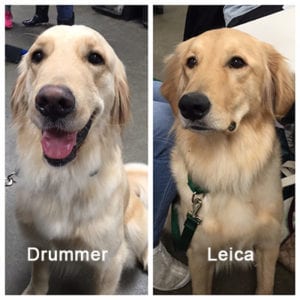 Animal Assisted Therapy Program.
Animal Assisted Therapy Program.
When I heard the facility dogs were coming to Cincinnati Children’s, I immediately applied to be one of the handlers. I love animals and understand the importance of the relationship between animals and people. I have one other dog at home, a chocolate Lab named Brinley, who turns 3 years old in April. Before Brinley I had Riley, who I trained to become a therapy dog.
Facility dogs are different than the volunteer dogs you’re used to seeing at the hospital. Drummer and Leica are certified service dogs, meaning they have received training since birth to assist with specific tasks. Our facility dogs will always wear green service vests when working and the volunteer dogs will continue to wear their blue volunteer vests when visiting.
So far we’ve been very encouraged by all of the smiles and kind words we’ve received from the patients and families who have met, seen or worked with Leica and Drummer. Our facility dogs love meeting new people and we appreciate your support!
We’ve also received lots of good questions. Read on to learn more about Drummer and Leica, or leave your questions in the comments below and we’ll get back to you!
What’s the purpose of having the facility dogs?
Leica and Drummer are available to comfort patients and families. Being able to pet or hold the dogs can make coping easier and take attention off the situation at hand. I tell my patients that not only will the dog be there to support and keep you calm through an appointment or procedure, but that you should do the same for the dog. Having the “job” of supporting the dog functions as a good distraction. Facility dogs can also normalize a hospital visit, especially for patients and families who have pets at home.
Where at the hospital do the facility dogs work?
Drummer and Leica work full-time with us at Main/Burnet Campus. They are able to go to the bedside and see children who may or may not be able to leave their room; however, the dogs can’t visit patients in isolation. We always get permission first before bringing a dog to meet a patient. Leica works with outpatients. She’s been with me for appointments and non-sterile procedures in the Orthopaedic Clinic and the Rehabilitation Clinic. Drummer works with inpatients in the Josh Cares program. We are unable to take referrals at this time, but we’re working to develop a referral process in the future. Right now we want to let Drummer and Leica get comfortable with their new surroundings.
How should we approach the facility dogs if we see and want to meet them?
If you see Drummer or Leica and want to pet them, ask a handler – we like to teach children to ask first when approaching all dogs in all settings. Everyone who pets the dogs should use hand sanitizer both before and after to help limit the spread of germs. We carry hand sanitizer and wipes at all times. Please be mindful that our facility dogs are working dogs with jobs to do. If we can’t stop, it’s probably because we’re on our way to meet a patient.
PUP-DATE (3/27/2017): Earlier this year, Drummer and his handler Ashley left Cincinnati Children’s and now call Columbus, OH home. We thank them both for their innumerable contributions to the patients and staff of the medical center and wish them well in their future endeavors. Because of the early success of the Animal Assisted Therapy Program, Leica was introduced to a new partner-in-crime, Chevy. You can read all about him and his handler Katie here.
PUP-DATE (11/21/2017): Due to the immense success and popularity of the Animal Assisted Therapy Program, a third facility dog has been added to the Child Life team. Idina has joined Leica and Chevy, serving as a care assistant in the Neurology and General & Community Pediatrics care teams. She can be found visiting patients of her primary handlers Drs. Hans and Mary Greiner.
For more answers to frequently asked questions about the Animal Assisted Therapy Program, go to www.cincinnatichildrens.org/service/c/child-life/dogs/.

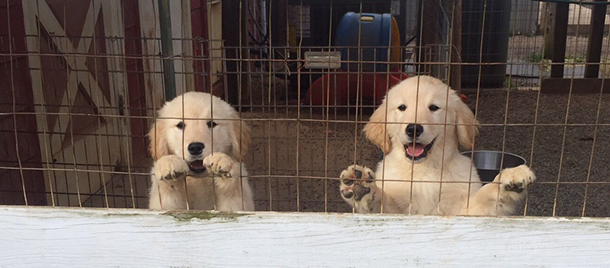


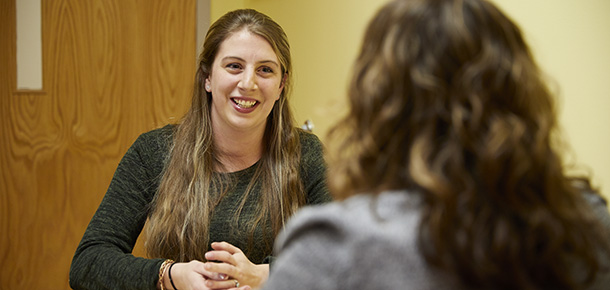
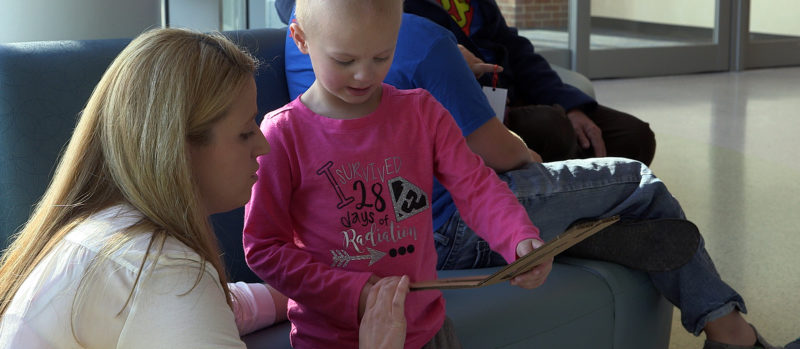
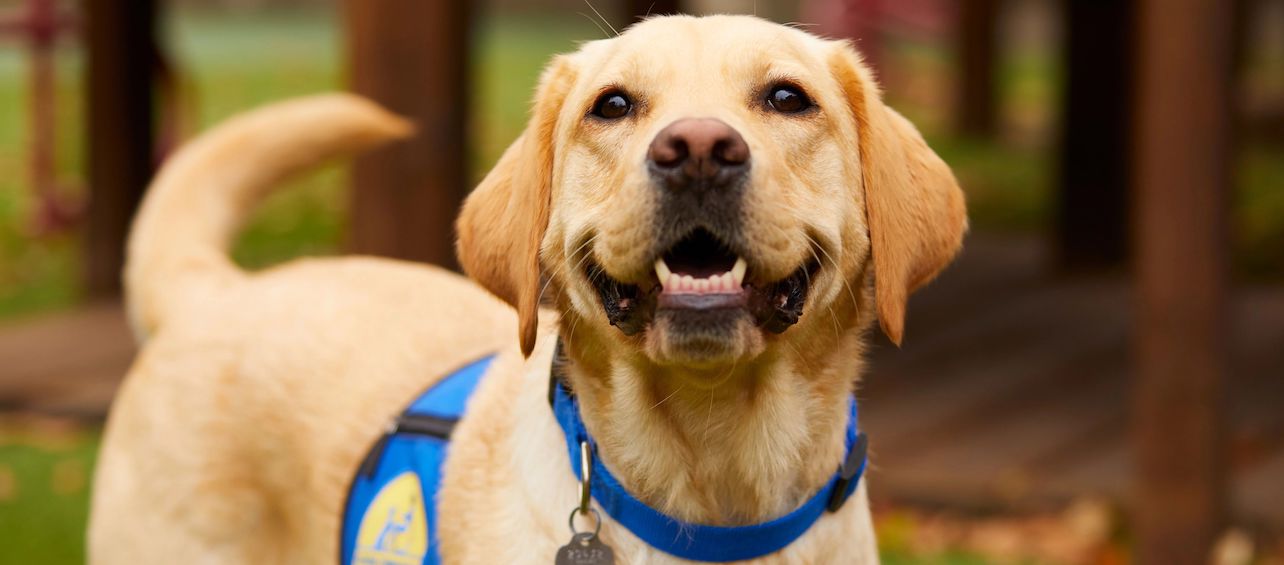
What tasks are these dogs trained to do that differentiates them from therapy dogs? The article only mentions that they provide support, which isn’t considered a trained task.